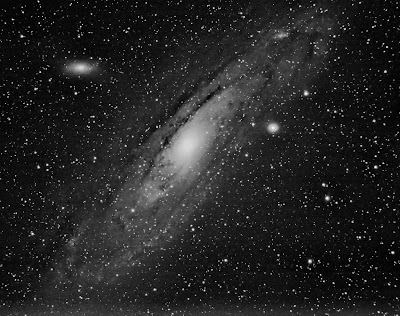In 2014 I imaged my first supernova in another galaxy. It is the bright star the arrow is pointing to.
Here is my blog on that occasion: https://lapineobservatory.blogspot.com/2014/01/captured-my-first-supernova-tonight.html
The initial explosion was a supernova called SN 2014J, discovered on Jan. 21, 2014, in the nearby galaxy M82, located 11.4 million light-years away from Earth.
Here is a before/after image of it taken by an astronomer at University of London Observatory named Dr. Stephen J. Fossey (here's a report about it)
The Hubble Space Telescope now has also imaged that exploding star over a period of 2 years after its initial blast. The result is that you can see the shock wave of that explosion in the area around that supernova as it expands into the stellar dust and light of that galaxy.
Here is Space.com's report about it: https://www.space.com/38731-exploding-star-echo-of-light-hubble-telescope.html
This is the repeating image sequence that the Hubble captured. You can see a ring shockwave that distorts the region around it!
Here is my blog on that occasion: https://lapineobservatory.blogspot.com/2014/01/captured-my-first-supernova-tonight.html
The initial explosion was a supernova called SN 2014J, discovered on Jan. 21, 2014, in the nearby galaxy M82, located 11.4 million light-years away from Earth.
Here is a before/after image of it taken by an astronomer at University of London Observatory named Dr. Stephen J. Fossey (here's a report about it)
The Hubble Space Telescope now has also imaged that exploding star over a period of 2 years after its initial blast. The result is that you can see the shock wave of that explosion in the area around that supernova as it expands into the stellar dust and light of that galaxy.
Here is Space.com's report about it: https://www.space.com/38731-exploding-star-echo-of-light-hubble-telescope.html
This is the repeating image sequence that the Hubble captured. You can see a ring shockwave that distorts the region around it!



